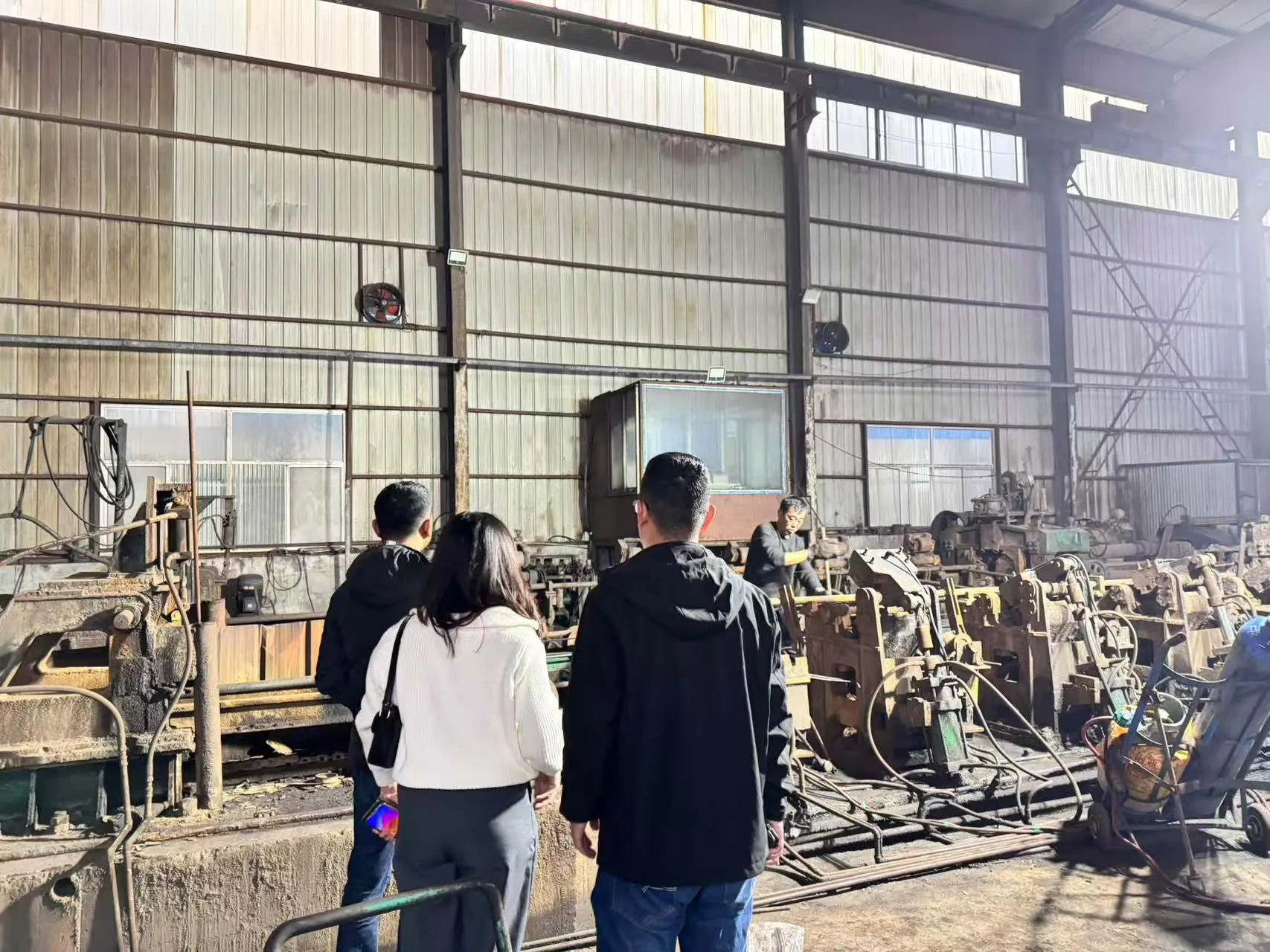-
Cangzhou Yulong Steel Co., Ltd.
-
Phone:
+86 13303177267 -
Email:
admin@ylsteelfittings.com
- English
- Arabic
- Italian
- Spanish
- Portuguese
- German
- kazakh
- Persian
- Greek
- French
- Russian
- Polish
- Thai
- Indonesian
- Vietnamese
- Zulu
- Korean
- Uzbek
- Hindi
- Serbian
- Malay
- Ukrainian
- Gujarati
- Haitian Creole
- hausa
- hawaiian
- Hebrew
- Miao
- Hungarian
- Icelandic
- igbo
- irish
- Japanese
- Javanese
- Kannada
- Khmer
- Rwandese
- Afrikaans
- Albanian
- Amharic
- Armenian
- Azerbaijani
- Basque
- Belarusian
- Bengali
- Bosnian
- Bulgarian
- Catalan
- Cebuano
- China
- China (Taiwan)
- Corsican
- Croatian
- Czech
- Danish
- Esperanto
- Estonian
- Finnish
- Frisian
- Galician
- Georgian
- Kurdish
- Kyrgyz
- Lao
- Latin
- Latvian
- Lithuanian
- Luxembourgish
- Macedonian
- Malgashi
- Malayalam
- Maltese
- Maori
- Marathi
- Mongolian
- Myanmar
- Nepali
- Norwegian
- Norwegian
- Occitan
- Pashto
- Dutch
- Punjabi
- Romanian
- Samoan
- Scottish Gaelic
- Sesotho
- Shona
- Sindhi
- Sinhala
- Slovak
- Slovenian
- Somali
- Sundanese
- Swahili
- Swedish
- Tagalog
- Tajik
- Tamil
- Tatar
- Telugu
- Turkish
- Turkmen
- Urdu
- Uighur
- Welsh
- Bantu
- Yiddish
- Yoruba

Dec . 14, 2024 11:04 Back to list
1 inch 90 degree elbow
Understanding the 1 Inch 90 Degree Elbow Essential Insights for Plumbing and Piping Systems
In the world of plumbing and piping systems, the 1 inch 90 degree elbow is an indispensable component that facilitates the effective transportation of liquids and gases through various systems. This humble yet remarkably versatile fitting plays a crucial role in redirecting the flow of fluids at a right angle. In this article, we will delve into the significance, applications, materials, and installation considerations of the 1 inch 90 degree elbow.
The Importance of the 90 Degree Elbow
The primary purpose of a 90 degree elbow is to change the direction of flow in a piping system. In many applications, straight runs of pipe are not viable due to obstructions or the need to navigate around structural elements. This elbow allows for efficient rerouting of fluids without causing significant turbulence, which can lead to pressure drops and potential damage to the system. Whether in residential plumbing, industrial applications, or HVAC systems, the 90 degree elbow ensures smooth transitions in the flow path.
Applications of the 1 Inch 90 Degree Elbow
1. Residential Plumbing In homes, 1 inch 90 degree elbows are commonly used in drainage systems, supply lines, or vent stacks. These fittings allow plumbers to create complex systems that efficiently manage water flow while minimizing the risk of clogs.
3. HVAC Systems Heating, ventilation, and air conditioning systems rely heavily on various fittings, including 90 degree elbows, to maneuver ductwork around structural impediments, ensuring efficient airflow throughout the environment.
Materials Used for 90 Degree Elbows
The choice of material for a 1 inch 90 degree elbow depends on the specific application and the substances being transported. Common materials include
- PVC (Polyvinyl Chloride) Ideal for corrosive liquids and low-pressure systems, PVC elbows are lightweight and resistant to rust and chemicals, making them popular in plumbing and irrigation applications.
1 inch 90 degree elbow

- Copper Often employed in hot and cold water supply lines, copper elbows offer durability and excellent thermal conductivity. However, they may require soldering during installation.
- Steel (Galvanized or Stainless) Steel elbows are robust and suitable for high-pressure systems. Galvanized steel is often used in plumbing for its resistance to corrosion, while stainless steel is preferred for food and beverage applications due to its hygienic properties.
Installation Considerations
When installing a 1 inch 90 degree elbow, it is crucial to assess the system's requirements carefully. Here are some key considerations
1. Flow Direction Ensure that the elbow is installed in the correct orientation to direct the flow as intended. Incorrect installation can lead to inefficiencies and damage.
2. Supporting Structures When using heavier materials like steel, it is important to provide adequate support to prevent stress on the fittings and surrounding pipes.
3. Sealant and Joint Preparation Use the appropriate sealants or joint compounds as required for the specific material being used. This will help prevent leaks and maintain system integrity.
4. Pressure Ratings Verify that the chosen elbow matches or exceeds the pressure ratings of the piping system to ensure safety and reliability.
Conclusion
The 1 inch 90 degree elbow, while often overlooked, is a vital component in numerous piping and plumbing systems. Understanding its significance, applications, materials, and installation considerations can greatly enhance the efficiency and reliability of fluid transport systems. As you embark on your plumbing or piping projects, remember the critical role this fitting plays in ensuring smooth, efficient, and reliable flow management. By choosing the right elbow and installing it correctly, you can achieve a robust and effective piping system that meets your needs.
Latest news
-
ANSI 150P SS304 SO FLANGE
NewsFeb.14,2025
-
ASTM A333GR6 STEEL PIPE
NewsJan.20,2025
-
ANSI B16.5 WELDING NECK FLANGE
NewsJan.15,2026
-
ANSI B16.5 SLIP-ON FLANGE
NewsApr.19,2024
-
SABS 1123 FLANGE
NewsJan.15,2025
-
DIN86044 PLATE FLANGE
NewsApr.19,2024
-
DIN2527 BLIND FLANGE
NewsApr.12,2024
-
JIS B2311 Butt-Welding Fittings LR/SR 45°/90° /180°Seamless/Weld
NewsApr.23,2024











